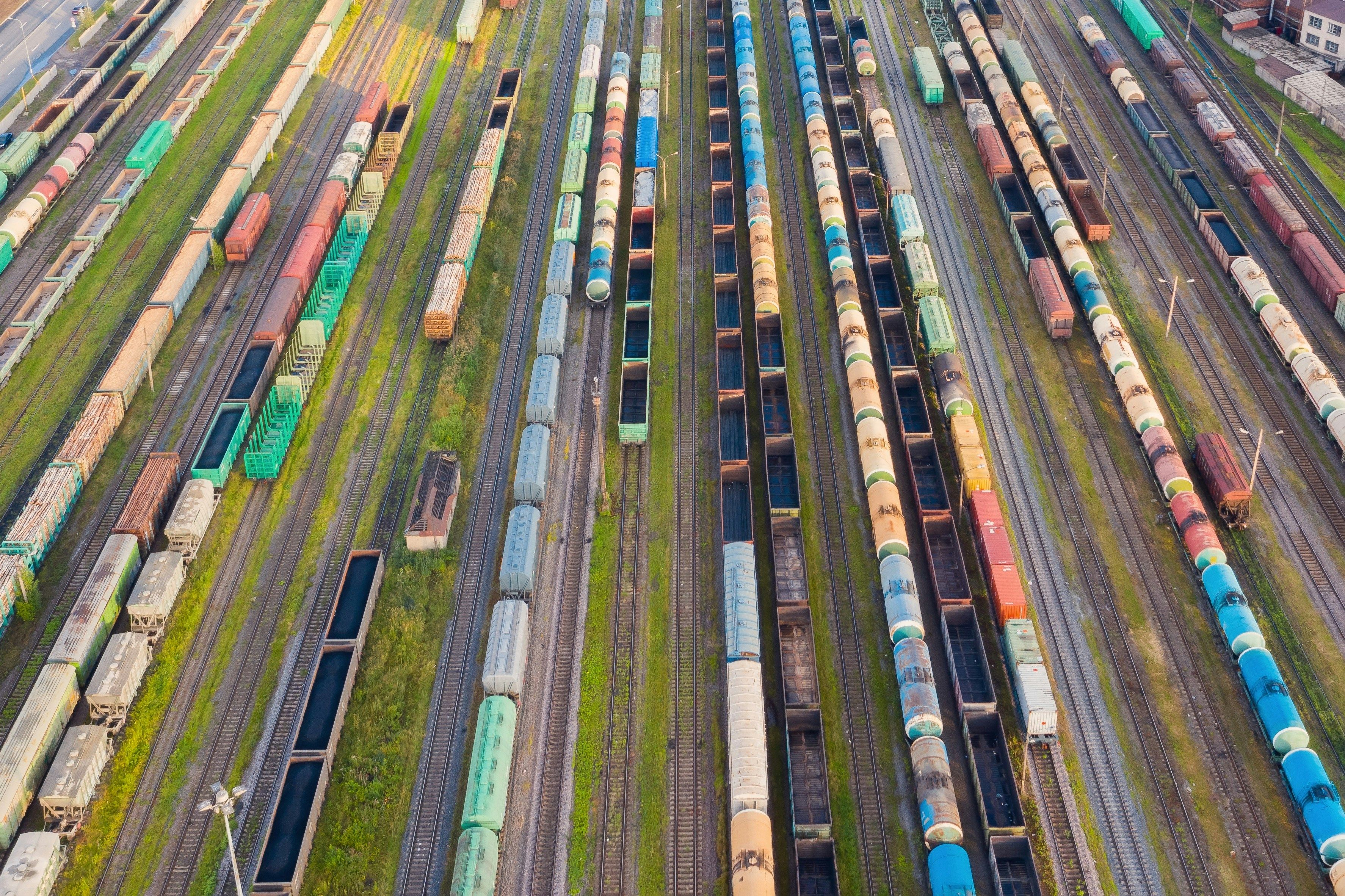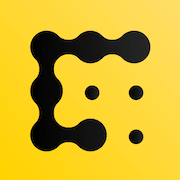Why Circle and Stripe Are Launching Their Own Blockchains
In an exciting development within the digital asset sector, Circle and Stripe are making waves by announcing their own blockchain ventures, marking a significant shift in how companies manage their digital payment infrastructures. This strategic movement represents a thriving trend where companies are taking charge of their settlement processes to enhance efficiency, ensure compliance, and maximize revenues from digital asset payments.
The Strategic Drive Behind Proprietary Blockchains
Circle, well-known for issuing USDC, has unveiled its new settlement network called Arc. This comes hot on the heels of Stripe's revelation of Tempo, crafted in collaboration with Paradigm. These moves are part of a broader tapestry of emerging projects that aim to launch bespoke chains tailored for stablecoins and tokenized assets.
At the heart of this blockchain frenzy is the quest for control. By building their own networks, companies can slash costs and enshrine compliance directly into their operations. This autonomy allows firms to own the rails on which digital settlements operate, making processes smoother, more secure, and ultimately more profitable.
Expanding Market Participation
The excitement doesn't end with Circle and Stripe. Players like Plasma and Stable are racing to fund and develop dedicated chains for the mammoth USDT stablecoin market, which boasts an impressive valuation of $160 billion. Tokenization enthusiasts are not far behind, with projects like Securitize building Converge and Ondo Finance announcing its in-house chain. The industry is experiencing a tectonic shift towards customized blockchain infrastructure.
These initiatives echo a broader transformation where proprietary control is nudging stablecoin technology further into the mainstream. Startups and established companies alike are architecting systems that promise almost instantaneous settlement and around-the-clock trading capabilities.
Impact on Market Competition
The competitive landscape is shifting dramatically. While these new proprietary chains may exert downward pressure on existing Layer 1 blockchains, analysts suggest that Ethereum's institutional foothold remains solid, at least for the time being. This creates an intriguing dynamic where the allure of proprietary chains is too enticing to ignore, yet incumbent platforms still hold significant ground.
The entry of these specialized blockchains represents a fascinating evolution in the finance world, where companies are strategically positioning themselves to capture greater value from the digital asset ecosystem while maintaining tighter control over their operational infrastructure.
Revolutionary Potential of Stablecoins and Tokenization
Stablecoins and tokenized assets are becoming the pulsating heartbeat of the crypto economy. Analysts predict that these segments will balloon into trillion-dollar markets, revolutionizing how financial transactions are conducted globally. The potential for stablecoins to transform cross-border payments is immense, offering swifter, more secure, and accessible solutions that operate around the clock.
Simultaneously, tokenization stands to revolutionize financial markets by enabling traditional instruments like bonds, stocks, and funds to trade seamlessly on blockchain networks. This innovation promises continuous trading capabilities with instantaneous settlement times, drastically enhancing liquidity and efficiency while bypassing traditional barriers.
This dynamic landscape suggests a future where financial transactions become quicker, more secure, and accessible around the clock, fundamentally reshaping how businesses and individuals interact with financial markets. The convergence of proprietary blockchain infrastructure with stablecoin and tokenization technologies positions these innovations as front-runners in the ongoing financial evolution, promising breathtaking ease and accessibility in digital asset management.








